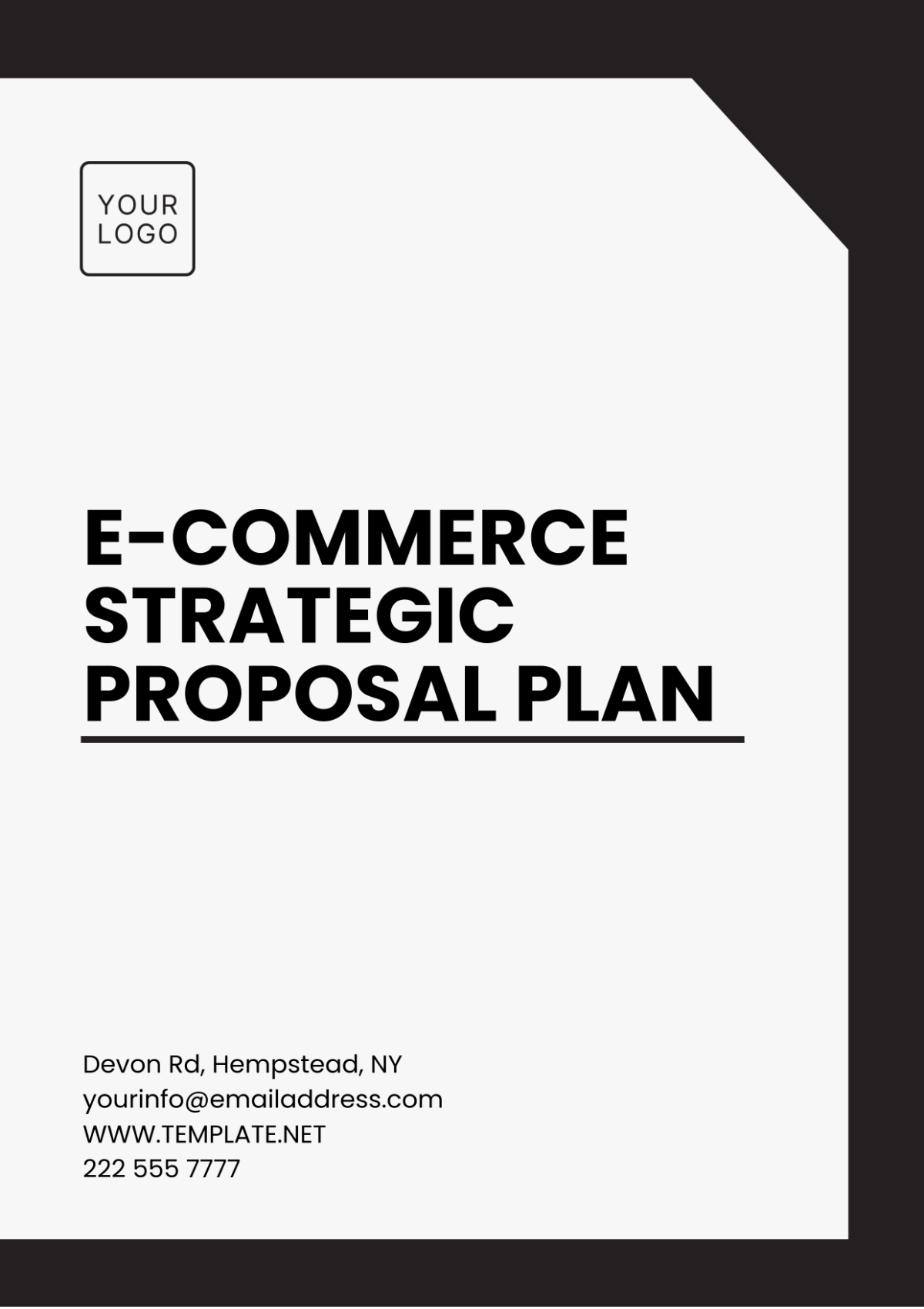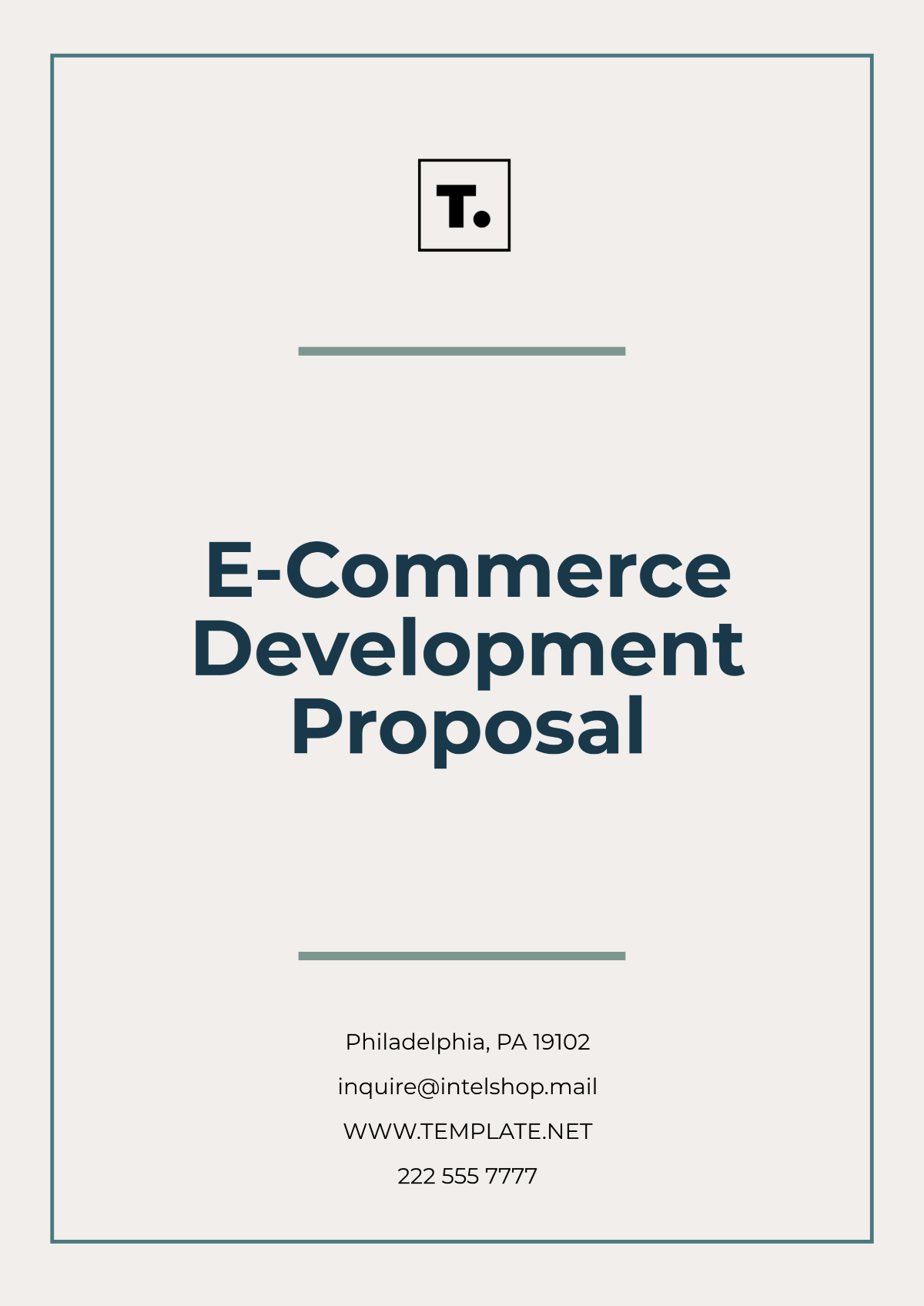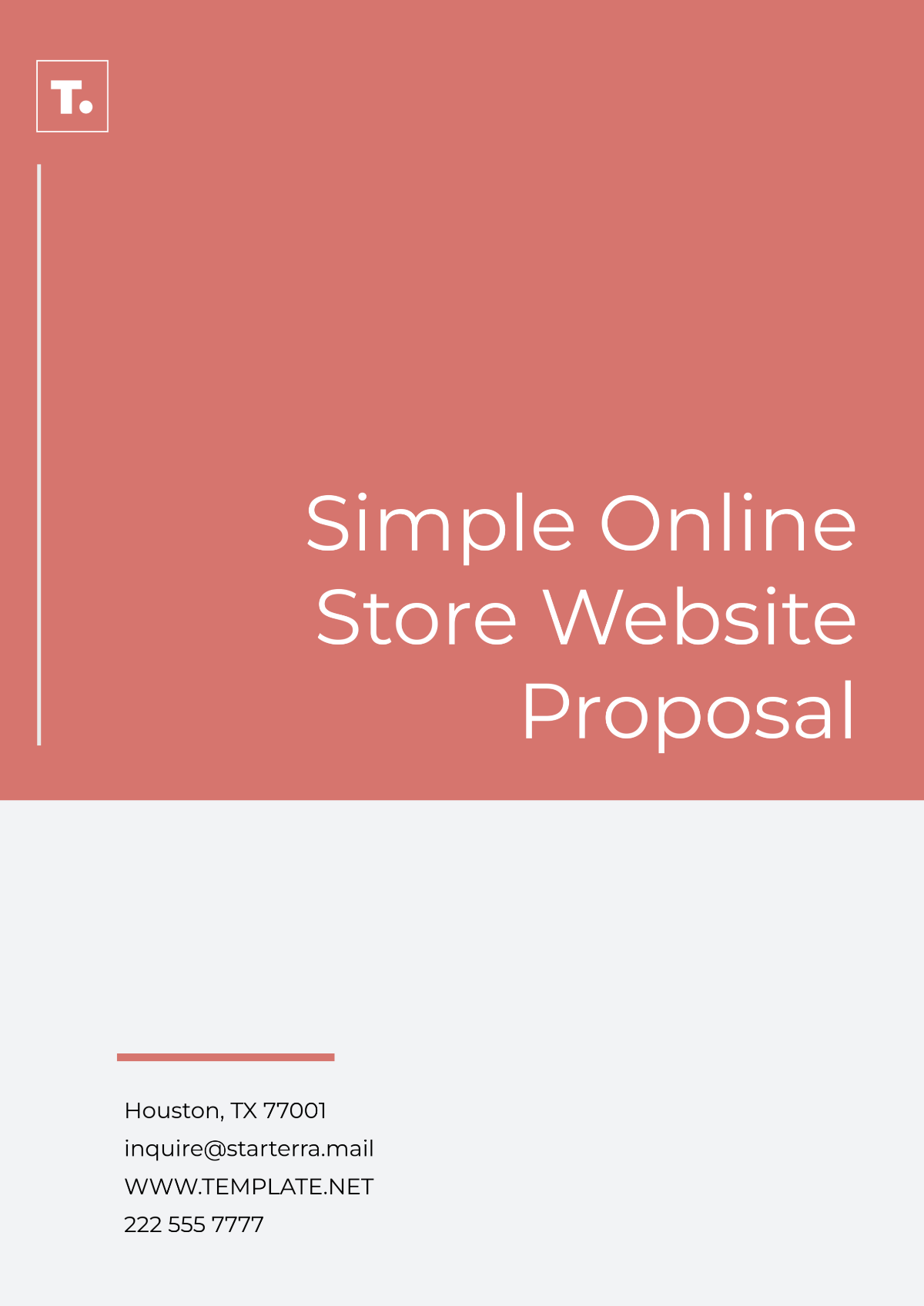E-COMMERCE PRICING PROPOSAL
I. Introduction
This proposal aims to outline an effective pricing strategy for our e-commerce capabilities. Our goal is to enhance competitive advantage, maximize profit margins, and adapt to market dynamics.
II. Market Analysis
2.1. Current Market Trends
The e-commerce market is currently experiencing rapid growth, driven by increased internet penetration and a shift in consumer shopping behavior towards online platforms.
2.2. Competitive Landscape
Analyze the pricing strategies of key competitors to understand prevailing price points and how our pricing can be positioned for optimal competitiveness.
III. Pricing Methodology
3.1. Cost-Based Pricing
The cost-based pricing strategy involves determining the base cost of each product, adding a markup to ensure profitability. This method is suitable for products with stable production costs.
3.2. Value-Based Pricing
Value-based pricing focuses on the perceived value to the customer rather than the product cost, allowing for potentially higher margins through premium pricing.
IV. Proposed Pricing Structure
Product Category | Proposed Price Range | Pricing Strategy |
|---|---|---|
Electronics | $50 - $500 | Value-Based Pricing |
Apparel | $20 - $200 | Competitive Pricing |
Home Goods | $30 - $300 | Cost-Based Pricing |
V. Implementation Plan
5.1. Short-Term Actions
Immediate adjustment of prices for high-demand items.
Launch targeted promotional campaigns to test new pricing models.
5.2. Long-Term Strategies
Develop a dynamic pricing model driven by AI and machine learning technologies.
Regularly review pricing strategy based on market trends and sales performance.
VI. Conclusion
Adopting a multifaceted pricing strategy tailored to product categories will enhance competitive positioning, boost sales, and improve profit margins.
We propose to proceed with the outlined strategies and request approval to implement the first stage of our pricing proposal.
Prepared by: [Your Name]






